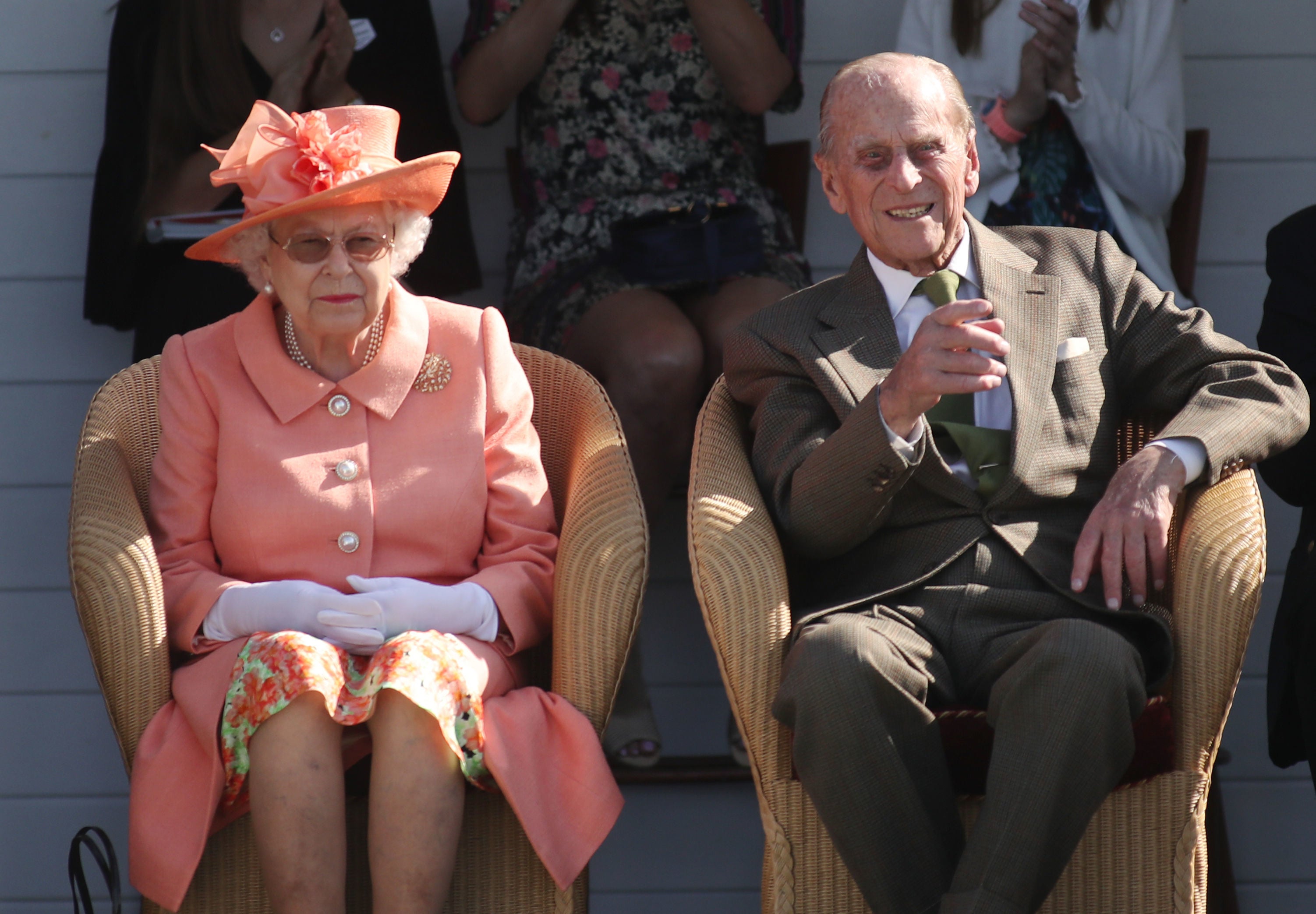How do you tell young children a close relative has died?
Her Majesty wasn’t just a mother and grandmother but a great-grandmother too

Your support helps us to tell the story
From reproductive rights to climate change to Big Tech, The Independent is on the ground when the story is developing. Whether it's investigating the financials of Elon Musk's pro-Trump PAC or producing our latest documentary, 'The A Word', which shines a light on the American women fighting for reproductive rights, we know how important it is to parse out the facts from the messaging.
At such a critical moment in US history, we need reporters on the ground. Your donation allows us to keep sending journalists to speak to both sides of the story.
The Independent is trusted by Americans across the entire political spectrum. And unlike many other quality news outlets, we choose not to lock Americans out of our reporting and analysis with paywalls. We believe quality journalism should be available to everyone, paid for by those who can afford it.
Your support makes all the difference.On Thursday 8 September, Buckingham Palace announced that Queen Elizabeth II had died, aged 96.
The announcement came after the Queen’s children and some grandchildren made their way to Balmoral, where the Queen was staying, after the palace announced that she was under medical supervision.
Her Majesty wasn’t just a mother and grandmother but a great-grandmother too.
While the Queen and the late Duke of Edinburgh’s children and grandchildren are all adults and able to understand her death, the fact the family’s matriarch is no longer around will be much more difficult for her young great-grandchildren to grasp.
Explaining why the very youngest royals will no longer see their great-grandmother falls to their parents, of course, who are already trying to deal with their own grief.
But it’s something that can crop up for many families, and knowing how to approach it can feel tricky. Here, Andy Langford – chief operating officer at Cruse Bereavement Care, which offers support and advice to both children and adults when someone close to them dies – shares some tips on the best ways to explain the death of a close family member to children.
1. Don’t use confusing metaphors
When telling a young child that a close relative has died it’s important to avoid using metaphors like, ‘They’ve gone to sleep’ or, ‘Gone away for a long time’, as they can be very confusing for a young child to understand.

“Try and plan in advance some clear and practical language that’s age-appropriate for the child to understand,” suggests Langford. “It might sound blunt to other adults, but in the long-term it will be easier for the child.”
2. Give children space
Langford points out that each bereavement is unique and children grieve in different ways.
“It’s important to give children space to grieve, but they should also be encouraged to talk about their thoughts and feelings,” he says. “Don’t be alarmed if your child doesn’t look like they’ve been affected by the death of a close relative. Children can’t sustain emotional pain in the way that adults can and tend to move in and out of grief.”
3. Don’t hide your grief
It’s important that the child’s parents are open about their own feelings and grief, explains Langford. “If they try to hide it, the child will feel like they aren’t able to talk about it and might suppress their feelings which isn’t healthy.”
4. Be prepared for questions
Often children will have questions not just about the person that’s died, but also about death in general. This might be the first time the child has been affected by death, so naturally questions will arise. “These can often be quite difficult to answer, especially as the parent or caregiver is also grieving,” says Langford. “Our advice is to try and be as honest as you can to try to help the child understand what has happened.”
5. Remember them in a creative way
Children can find writing their feelings down in a poem, diary or in a letter to the relative who’s died helpful. Some children might also find it beneficial to paint, draw or build a model to express their feelings of grief and show how much the person who’s died meant to them.
“Children and young people tell us that creating a memory box can also be an effective way to remember all the happy times they spent with the person who’s died,” adds Langford.
For advice and support after a bereavement, call the Cruse national helpline on 0808 808 1677.